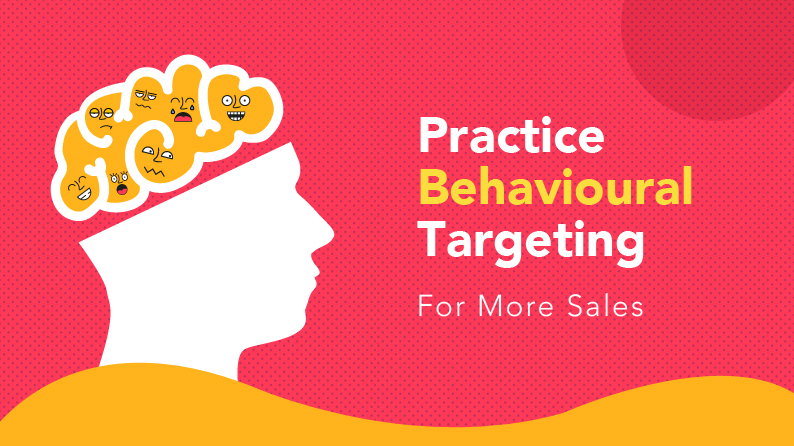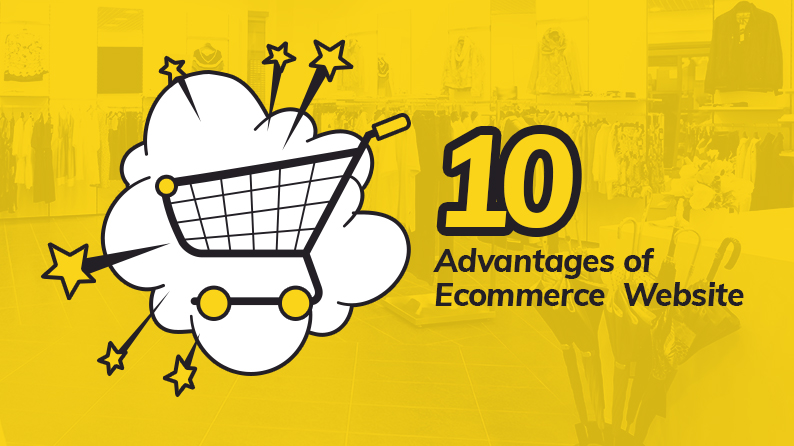Consumer profiling has always been a big aspect for retailers for a long time. The fact of the matter is that no two consumers are alike. Their preferences, requirements, and purchase cycle are different. Some consumers are easy to persuade and entice, while others require a lot of efforts.
This behavioral targeting is majorly being implemented in online retail, where identifying buyer persona is highly crucial. Ecommerce websites collect and store customer data (like age, location, past product purchases as well as browsing history), and uses it to segment the consumers into different groups. This not only helps them in better targeting of the consumers but also delivers tailored message and products exclusively to each persona.
But such an approach only gets ecommerce websites a few notches closer to the consumers’ preference. With changing market dynamics, the demographic personalization is on its way out and motivation based personalization is the way to go.
Studies have shown that motivation is one of the biggest triggers that make a consumer buy a product. For example Adam on one day might not be feeling really good, when he visits your ecommerce website. His chances of making a purchase will then decrease. However the next week, he might feel ecstatic while coming to your ecommerce marketplace and end up making a purchase. Ecommerce retailers need to identify such emotions of the consumers and target them accordingly.
So how well do you know your customer?
Most ecommerce marketplaces would answer this question in positive that they know a lot about their customers (age, sex, address and purchase history), but in reality that is not enough. In order to really know your customers, you need to break away from hypothetical personas based on flimsy data. Start analyzing and understanding why they’re buying from you, and what are the reasons for buying the things they buy.
Why demographic based profiling is not enough
When ecommerce first came into existence, the first logical step towards personalization was demographic based profiling. This was all good till competition became tough and consumers had multiple options.
It was a good approach as it provided you with some information about your customers that made you make informed decisions and better target your consumers. However, it was like looking through a frosted glass – you get the picture but the details are missing.

From demographic to psychographic personalization
In a recent study conducted by Gartner, it was stated that by 2020, the brands that offer intent based personalization will increase their profits further by up to 15%. Another aspect that goes in favor of intent based personalization is that the ecommerce retailers need to create a new buyer persona for every new user. However, intent based personalization limits your number of personas.
Interestingly, consumers often share similar motivations. One can easily target a larger segment of consumers by focusing on these motivations, leading to better results.
Want your ecommerce website to target prospective consumers better?
Search, Browse, or Direct – How consumer land on product page
When we talk about consumers, they make a purchase via three different channels:
- A consumer that searches for a product on the website (Consumer A)
- A consumer that browses through categories to reach a product (Consumer B)
- A consumer that directly lands on the product page either through social media or search engine (Consumer C)
All these three types of consumers have a different purchase cycle and require different behavioral targeting for conversion. Let us take a detailed look:
Consumer A – This consumer type opens your ecommerce website and searches for a product on your website. Such consumers already have trust in your website, making it easy for you to target them. All you need to provide is a good deal on the product that they are looking for. In order to convert such consumers, you need to have a robust search. Moreover, you can, and should include search filters that make it easy for them to find the required product.
Along with that, the checkout process also needs to be streamlined and quick to reduce cart abandonment.
Consumer B – Such consumers are generally known as window shoppers. They are not decisive on the product that they wish to buy and are looking at options. One has to be careful with such confused buyers as it is very easy to lose them. The user experience of the website ought to at be its best, with proper product categorization. You need to keep it mind that the consumers will be going through multiple pages, analyzing different products and if you are unable to target this customer then he will just move to another website.
Consumer C – The last type of consumer is the one that lands directly on the product page via social media, search engine or any other marketing channel. When the consumers lands on the product page, you have already done half the task and aroused curiosity in the mind of the buyer. All you have to do is just rope him in slowly by offering a highly engaging product page.
Conclusion
Clearly, it doesn’t mean that demographic targeting is dead. It is just a primitive way of profiling and targeting your consumers. For new ecommerce venture, demographic profiling is beneficial as well as essential. However, as the competition increases and consumers get more options, one must move to more advanced forms of profiling in order to achieve higher sales.
As stated in the examples above, it is clear that ecommerce websites need to alter their marketing strategy and incorporate behavioral targeting based on intent, and not just demographics. No two consumers are the same and using a wholesome approach for all consumers alike will not yield any fruitful results.



